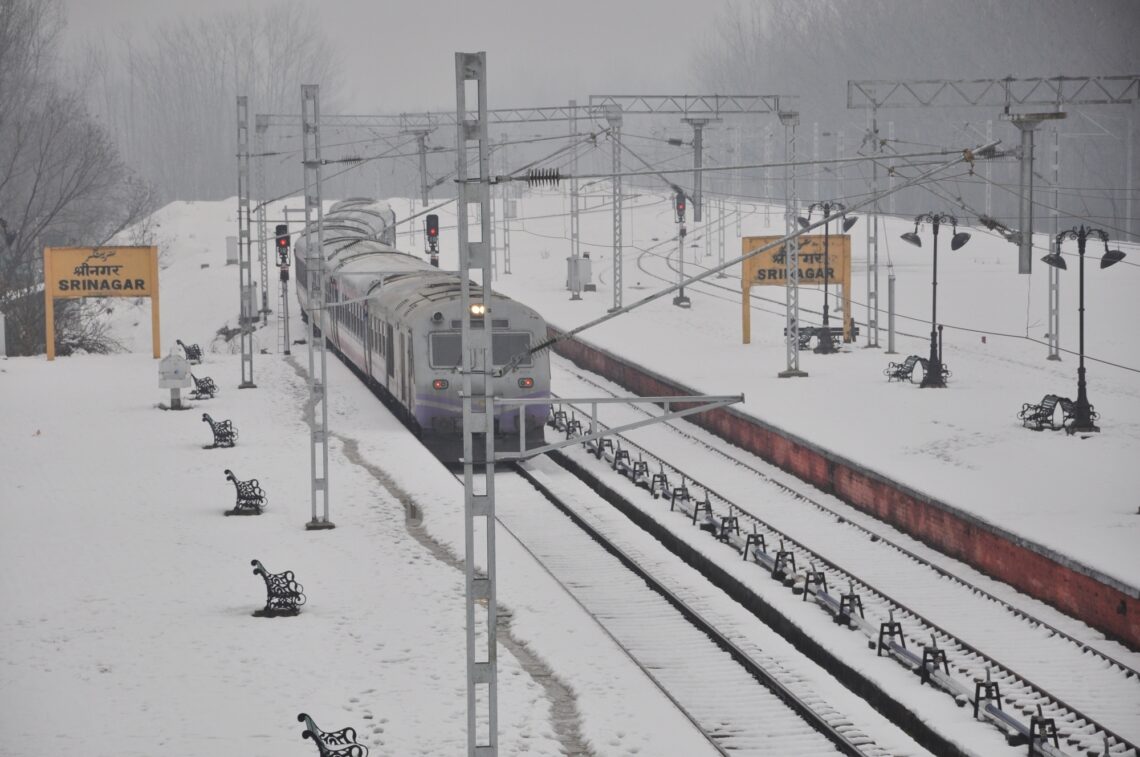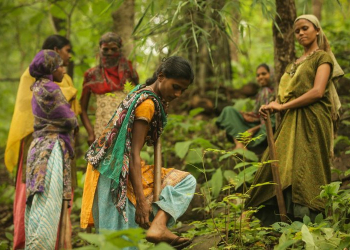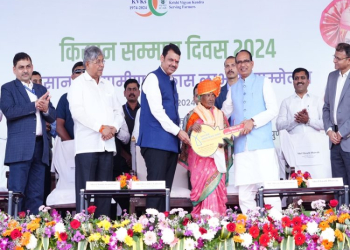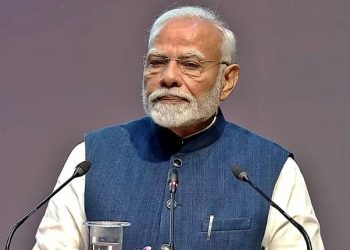Srinagar: Jammu and Kashmir will have a lot of positive things to look forward in 2023. The Kashmir valley will get connected with rest of India through train as all the bottlenecks at the railway tracks would be removed.
In this direction, the Railways recently completed a major portion of work on the longest rail tunnel in the country in the Ramban sector of Jammu region.
The project manager of this tunnel said that major portion of the work on the rail tunnel which is 12.75 km long in the entire Udhampur-Baramulla-Srinagar Rail (UBSR) Link in Jammu and Kashmir, has been completed. The engineers have named this tunnel as T49, and they are very keen to complete it as soon as possible so that Kashmir valley is linked by train to the rest of the country.
The project manager said that it was very difficult to complete so much of work on this tunnel as it surpasses the Peer Panjal Tunnel (11.2 km) in length and the work has been very challenging so far.
This all-weather and cost-effective connectivity shall prove to be a boon for the economy of Jammu and Kashmir besides catalysing industrialisation, movement of raw materials, trade, tourism and employment generation as well, stated a monthly newsletter covering government policies and initiatives.
After completion, this line will be an all-weather convenient and cost-effective mass transportation system and will act as a catalyst for the overall development of the northern most alpine region of the country, reported the Greater Kashmir.
Sustainable connectivity to this region is very important for national security, prosperity and socio-economic development of the region. Despite vast resources, Kashmir valley lagged behind in terms of development due to a lack of railway connectivity. Time to time, the Central and the UT governments made serious efforts to establish rail connectivity to the region for which a number of railway projects have been initiated which are under execution in different stages.
Constructing the railway route to this isolated region has involved significant engineering challenges. Far from being an ordinary scheme, the 345 km route crosses major earthquake zones, and is subjected to extreme temperatures of cold and heat, as well as inhospitable terrain.
Further proposals emerged in the mid-20th century, but it wasn’t until 1994 that Indian Railway Minister Jaffer Sharief made headway in building a line to Baramulla and the Kashmir Valley.
In 2001, the Kashmir Railway received National Project Status from the Central government and has seen unlimited funds provided to it. The Railway Ministry itself does not have sufficient funds to tackle the project. Institutions like IIT Delhi, IIT Roorkee, Geographical Survey of India and DRDO are providing expertise in the project planning and its implementation. This route will also see the construction of the world’s highest railway bridge and India’s first cable-stayed Railway Bridge, reported the Greater Kashmir.
It is one of the most remarkable projects by the government and once completed will be revolutionary for the Union Territory of Jammu and Kashmir.
The project has great significance for security and socio-economic development. It can play important role in rapid industrialization, movement of raw materials and finished products from J-K and encourage trade and tourism in the region apart from providing an opportunity for employment, an official said. Similarly, it will be a boon for the development of agriculture, horticulture and floriculture in this area.
(IANS)






















